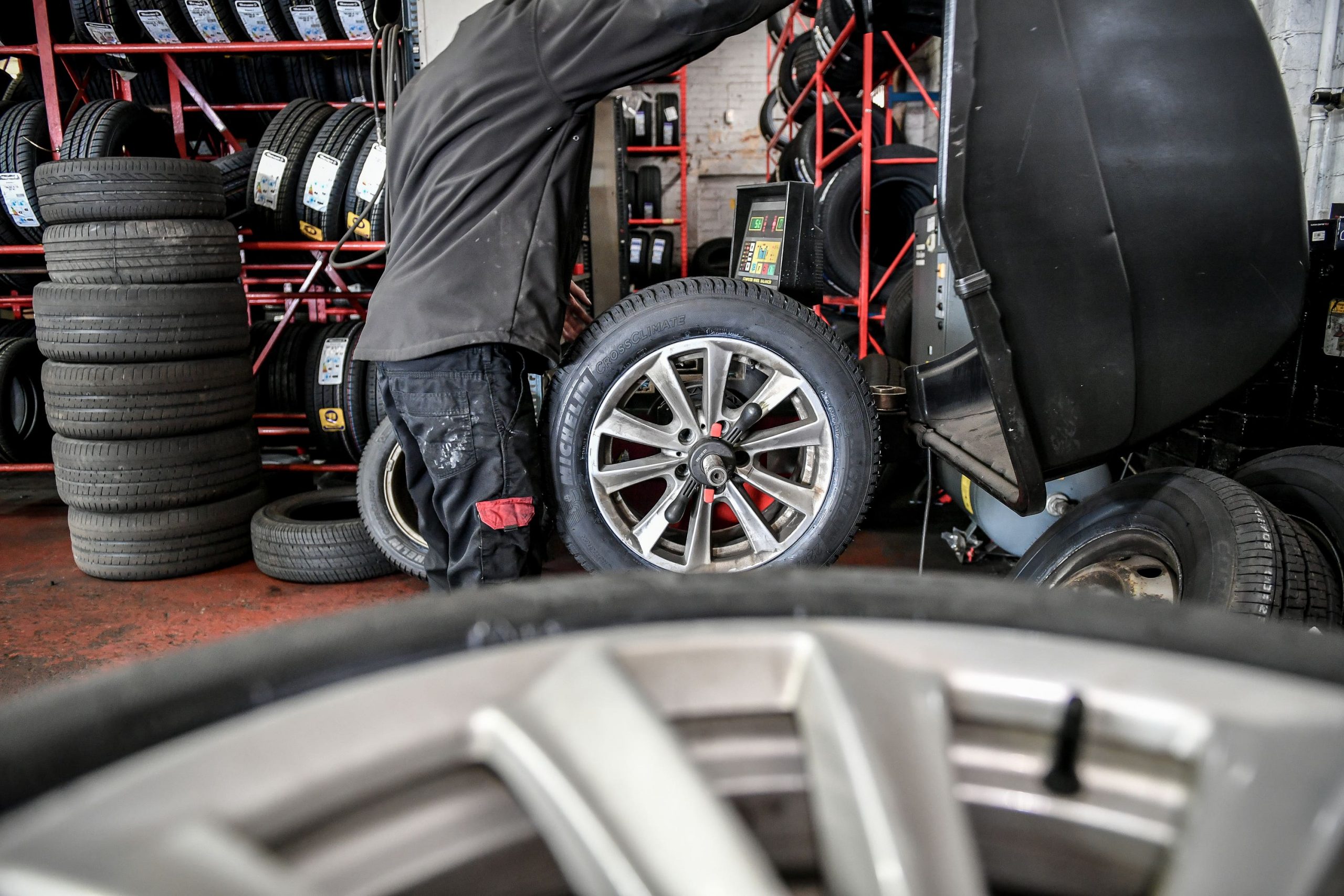Issues with tyres and brakes are the source of the ‘most serious’ MOT failures, according to new data.
Though problems with lights, reflectors and indicators are the most common reasons that cars fail their MOT, it is issues with tyres and brakes that are most likely to lead to ‘more serious’ failures, DVSA data analysed by the RAC has shown.
Failures for issues with headlights, indicators and reflectors accounted for just over a quarter of all MOT failures in the 12 months to March 2022, with faulty or broken suspension behind just under a fifth of failures.
Problems with brakes and tyres were the third and fourth most-common reasons for failure respectively, while ‘bad visibility’ – cracks or splits in a windscreen – finished out the top five.
The data also showed that a third of all initial MOT tests of cars, vans and small passenger vehicles resulted in a fail – equivalent to 7.3m vehicles – nearly one-in-10 was attributed to a failed test where at least one dangerous fault had been uncovered.
In these instances, a tester cannot allow the car to be driven until the issue has been resolved. Brakes and tyres represented 88 per cent of these failures, with the proportion of tyre failures increasing slightly over the years from 10 per cent in 2018-19 to 12 per cent in 2021-22.
RAC head of roads policy Nicholas Lyes said: “Many drivers dread taking their vehicle for its annual MOT for fear they could end up having to spend lots of money on repairs in order to get it to pass. This is no doubt the case for an unlucky third of owners whose vehicles fail their MOTs initially.
“Drivers should never ignore dashboard warning lights as they could end up putting themselves or others at risk and costing themselves a lot of money with a bigger repair bill than necessary had they acted straight away. Additionally, routine servicing helps reduce the chance of a vehicle failing its MOT as it includes a host of important basic checks.”
All cars require an annual MOT three years after registration and each year after that.

